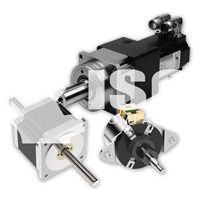 Linear Motion Control
Linear Motion Control
ISC Companies and affiliate Adams-ISC are distributors of mechanical power transmission parts including linear motion control products. For more information about the brands we offer and/or pricing, please contact us by phone 763-559-0033, by email [email protected], or by filling out our online contact form.
Most screw driven linear motion systems accept NEMA 23, 34, or metric 60mm frame motors. The motor can be full-step, half-step, or micro-step; or a DC motor-based analog or digital servo system, depending on resolution, speed, and torque. Controllers provide circuitry for position sensors to detect position. Some sensing devices are well-suited for linear systems, such as linear variable differential transformers, optical linear encoders, force transducers, and proximity switches.
Linear Motion Motors
DC and Can Stack
DC and can stack motors are commonly used in high-volume applications. They have the best price/performance point, but are not typically prepackaged and ready to integrate with PLCs and motion controllers.
DC Stepper (Step Motor)
Popular choices for linear applications because of their low cost and prepackaged drive systems. They integrate easily with PLCs and motion controllers. Step motors are available in open-loop and closed-loop configurations. A drawback is the significant decrease in torque output as the rpm decreases.
AC Brushless (Servo Motor)
Servo essentially means “closed loop”. Servo motors are more expensive than step motors. They have no significant drop in torque output as rpm increases and also run quieter and use less energy.
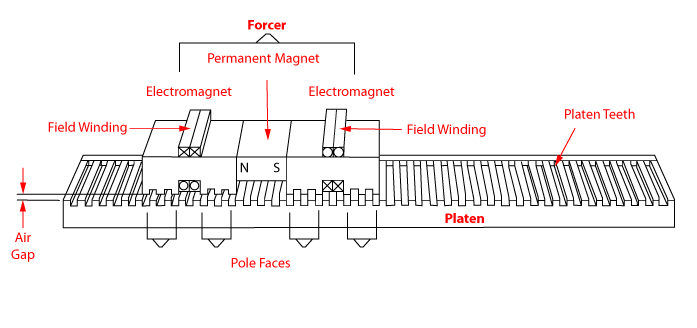
DC Stepper Motor / Step Motor
Encoders
Rotary Encoders are installed on the back of the motor to provide feedback to the control unit or drive. Linear Encoders are mounted on a linear table to allow the encoder to read true table position and not shaft angle position. They offer the best way to monitor and control position with high accuracy and resolution.
Controls
Some step motors come with a simple control system prepackaged with the motor, which can control simple machines. But, it should not be used to control a large number of axes, complex motion paths, or continuous motion from a PLC. Although its expensive, it is more efficient to install a dedicated motion controller than to have a PLC act as the upper control system to manage I/O and send commands to the controller.
Top Brands We Offer
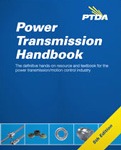 Content on this page was created using excerpts from the Power Transmission Handbook (5th Edition), which is written and sold by the Power Transmission Distributor’s Association (PTDA).
Content on this page was created using excerpts from the Power Transmission Handbook (5th Edition), which is written and sold by the Power Transmission Distributor’s Association (PTDA).
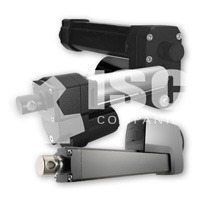
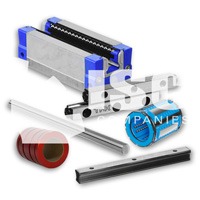
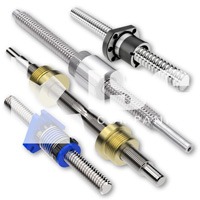









You must be logged in to post a comment.